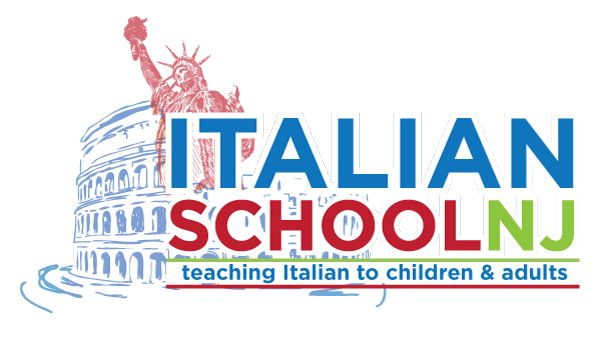January article for We The Italians: Bèinvgnû to the Emilian Dialect
Bèinvgnû to the Emilian Dialect
by Giulia Casati, as seen in We The Italians
And here we are again on our journey together around the Italian dialects and languages. This time we are going to the region called Emilia-Romagna, a region that almost crosses Italy entirely from East to West. It is the last northern region and it is known for its medieval villages and its amazing food that I am sure you have heard of, such as rugù, tagliatelle, and lasagna just to name a few. But we are here to talk about Italian languages so let’s take a look.
First of all we need to make a clarification: Emilia-Romagna has a name that is formed by two nouns, Emilia and Romagna, because it is formed by two historic regions, indeed Emilia and Romagna. Emilia is mostly the north part of the region, while Romagna is the south-east area. This distinction is really important since people from Emilia don’t want to be confused with people from Romagna because they were originally two different populations with their own separate territories. For this reason, today I have to specify I am going to talk about emiliano and not romagnolo.
The Emilian dialect has a similar origin to the other northern dialects and languages because it is part of the Gallo-italic branch of languages, but over the years, just like the other languages, it has undertaken its own path. Within emiliano, we have other sub-dialects that present minor differences as we move through the area. In fact, there is no koine, that is a generic Emilian dialect that is common to the entire area, but each province and town has its own variation on how they pronounce certain vowels or certain words. According to some researchers on the matter, the Emilian dialect has five main sub-dialects that are the Western Emilian, Eastern Emilian, Central Emilian, Southern Emilian, and Comacchio Valley Emilian, but this a broad distinction.
Since it is a dialect – just a reminder, in Italy, with the term dialetto, we mean a language that has no political recognition – and not a recognized language, there is very little and limited material on emiliano and, unfortunately, it is slowly disappearing as only elderly speak it. Let’s take a look at the main characteristics. First of all, something that is very peculiar to this language is the loss of all the ending vowels but the “a.” So words that in Italian, for example, end in a vowel like albero – tree – in Emilian lose the ending, therefore albero becomes âlber without the “o.” Moreover, words that have a double letter in Italian tend to lose the double in Emiliano like terra – gorund, dirt – become tera. Differently from Italian, the Emilian dialect often requires the inversion of the subject and verb (just like English!) when forming questions that is probably coming from the French influence. Something that can probably be traced back to French, so the “Gallo” influence, is the presence of some nasal sounds that are not very common to Italian. And finally, some syllables that are not stressed tend not to be pronounced or preserve only the consonants, so words like ospedale – hospital – become something like śbdèl and pidocchio – lice – becomes bdòć especially in the version spoken in Bologna.
As I said at the beginning, this Italian region hosts some of the most famous Italian dishes and usually in Italy, le nonne are the best cooks around and arzdòra – the traditional Emilian housewife specialized in cooking the traditional dishes and making the most delicious pasta you ever had. So, you might want to learn just a few Emilian words to talk to them and impress them, like magnär or maià – eat, bàver – drink, grasja – thank you, bondè – good morning, and bona nòti or buòna not – good night. But be careful and do not dare say scved because it is probably one of the worst insult you can tell an Italian nonna and that is that her dish is tasteless, plain.
And speaking of Emilian useful words, a rvàdas and see you next month!
Delivered by Italian School NJ https://www.italianschoolnj.com
Our own Giulia Casati is a contributing writer for We The Italians on behalf of Italian School NJ. Keep following us and checking back for new editions.



